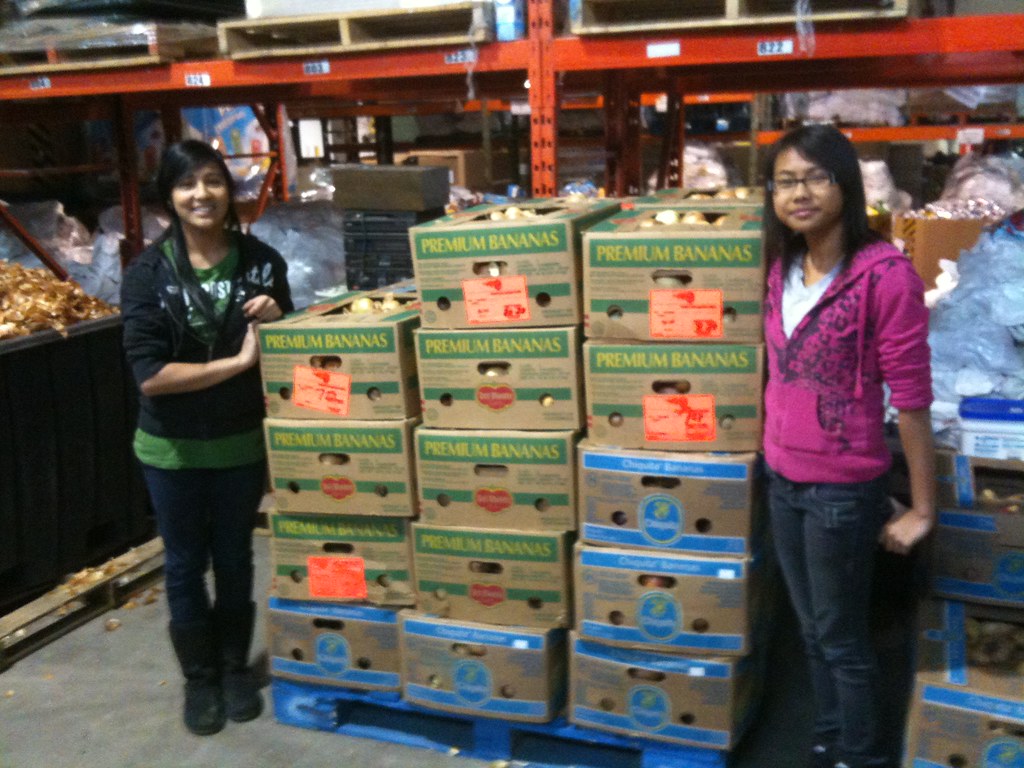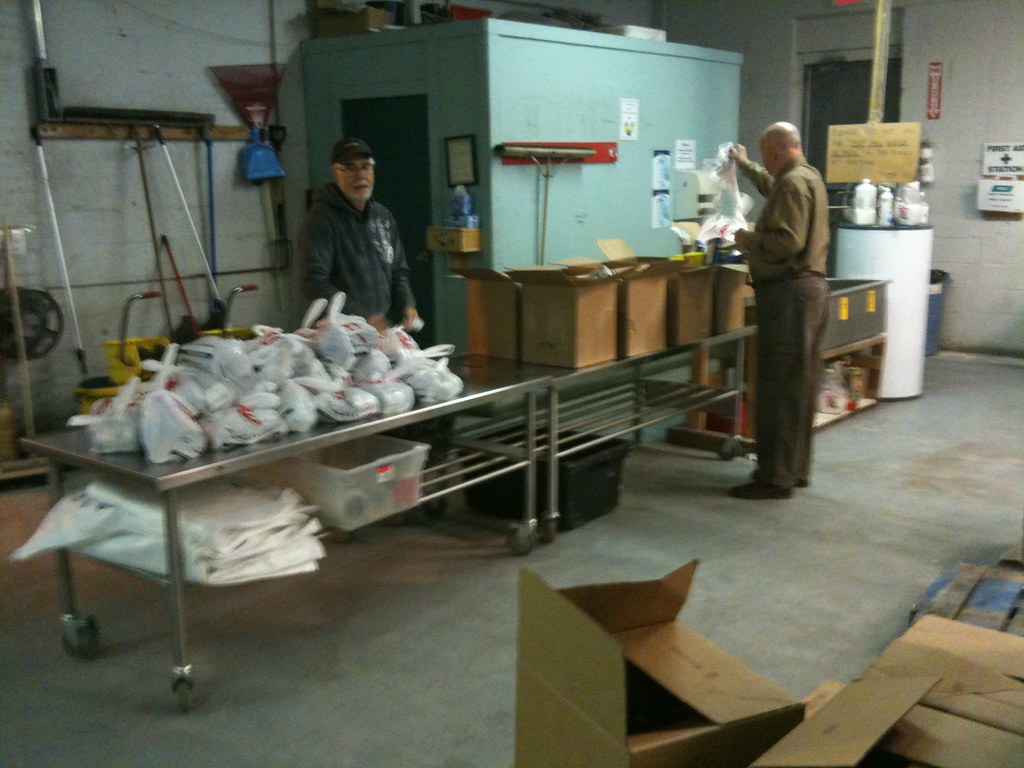I am truly blessed to work with some incredible students. This year the Grade 8 team decided to take groups of students to a local food agency. Winnipeg Harvest supports food banks, soup kitchens and many other organizations throughout Winnipeg. Harvest feeds over 47 000 Winnipegers a week. This in a city with a population of only 800 000 people.
They are located only a few blocks away from the school.
3 teams of four students and a teacher supervisor went to Harvest for three half day shifts. The first day saw the students work on creating emergency kits for harvest. These kits have one can of protein, one can of vegetables, soup and a grain (pasta or rice). These kits are then placed into a larger bag with 7 other kits. These larger bags are then put on pallets to be shipped around the city.
Here are the students working on that first day. They packed enough kits to fill 1 and a half pallets. Sadly we would have done more but we ran out of protein and could not finish the task.

The next 2 crews of students were on onion and potato detail. Harvest receives produce from local Hutterite Colonies and Peak of the Market. These items come into Harvest in large pallets. They need to be repacked into smaller boxes (banana boxes each weighing 60 lbs). It was fun to go through the large pallets and find mushy onions and potatoes. We even found an Alien Onion and a Heart shaped potato. In the two days the students repacked 4000 lbs of potatoes and onions.

What impressed me the most was when we were about to leave. Onion skins on the floor and a bit of a mess to clean up. No one asked but the kids took it upon themselves to clean up the area for the next crew.
Since the trips to Harvest students have been asking if they can go and help. I do not see any reason to say no. After all Harvest is just up the street. Kids can be amazing if you let them be. Give them a chance and inspire them to become activists and see their world as something more than just a school experience.
Here is the students take on the experience.










